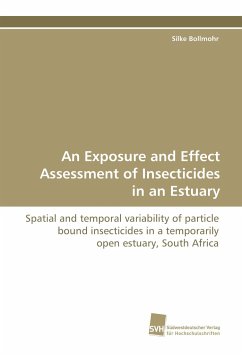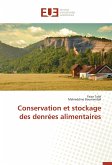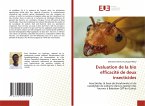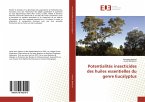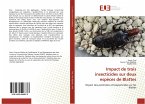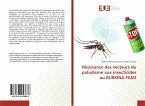The research described by the author was designed to yield information on the impact of particle-bound pesticide on organisms living in the interface between sediment and water column in a temporarily open estuary in South Africa. It was hypothesized that natural variables such as salinity and temperature and anthropogenic stressors such as particle-bound pesticides contribute to the variability of the system. A multiple line of evidence approach is necessary due to the variability in sediment type, contaminant distribution and spatial and temporal variability within the ecosystem in particular within TOCEs. Accordingly, sediment contamination in comparison with guideline values including EqP modelling, field investigations of sediment toxicity and benthic community structure and laboratory spiked sediment toxicity tests remains the most accurate way to account for contaminant availability and effects.

